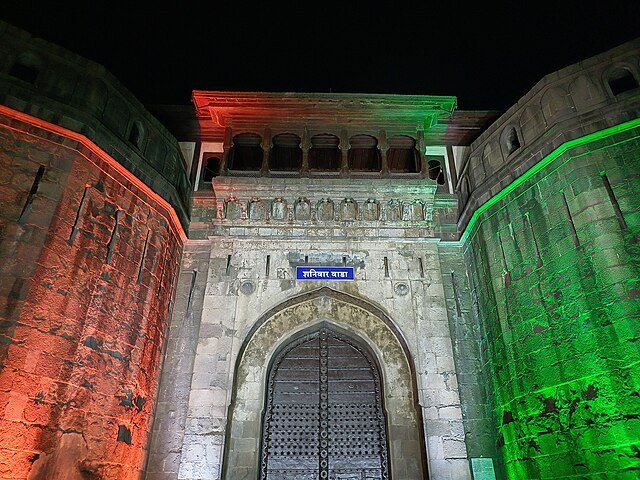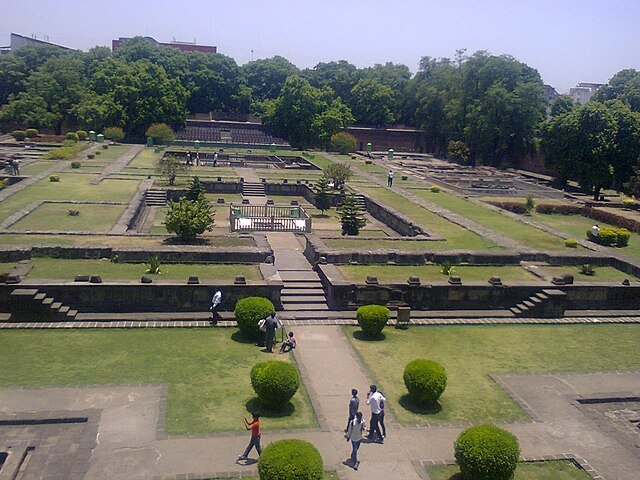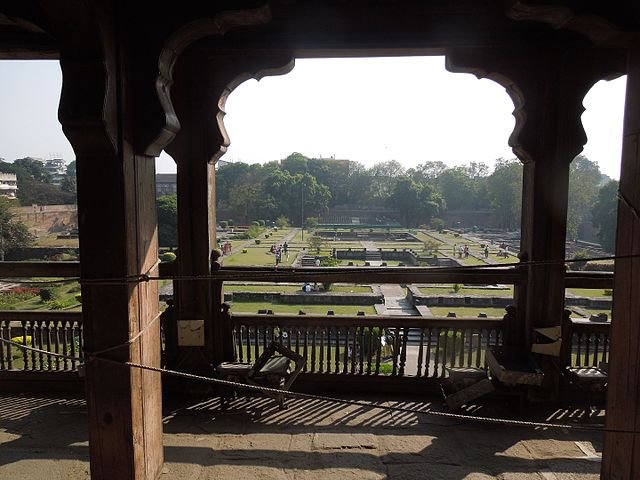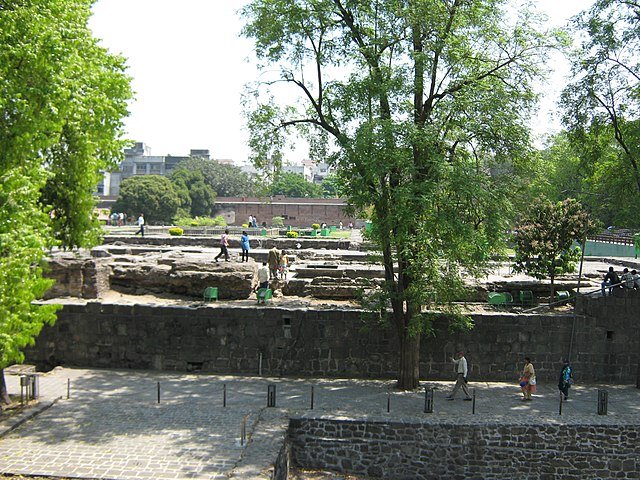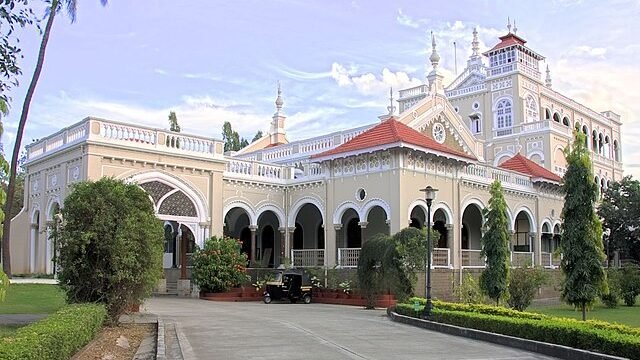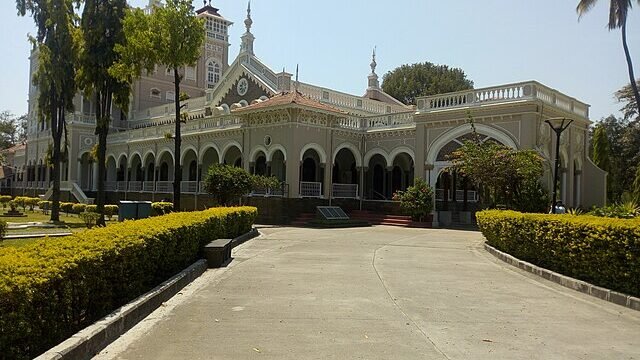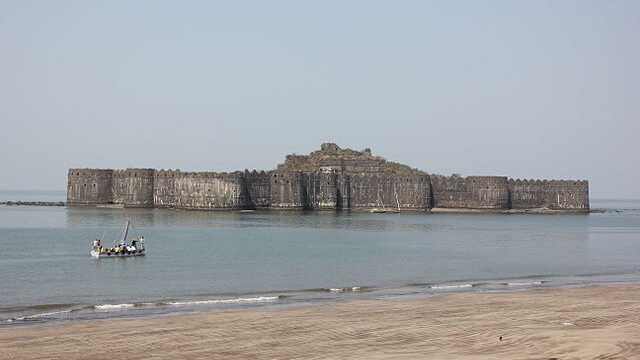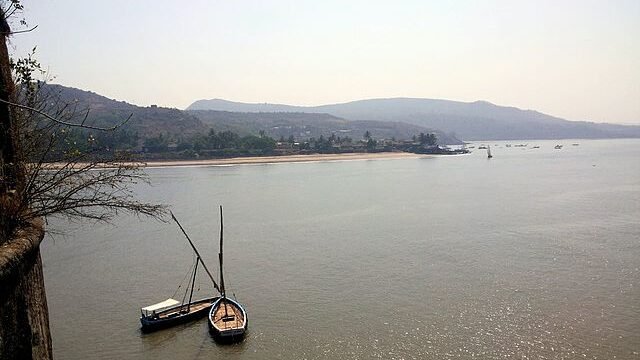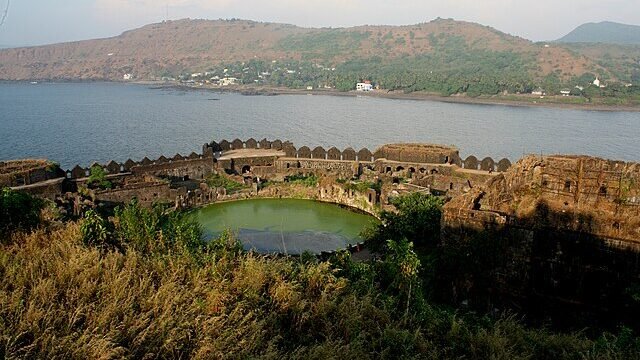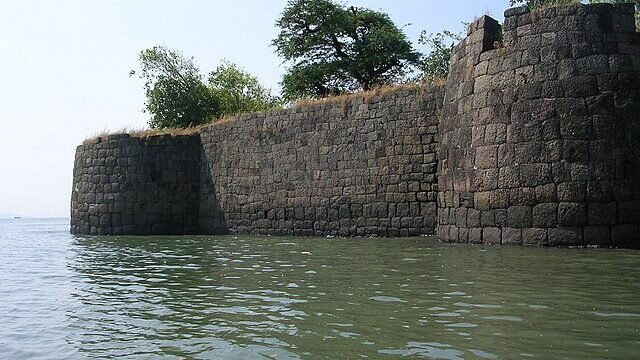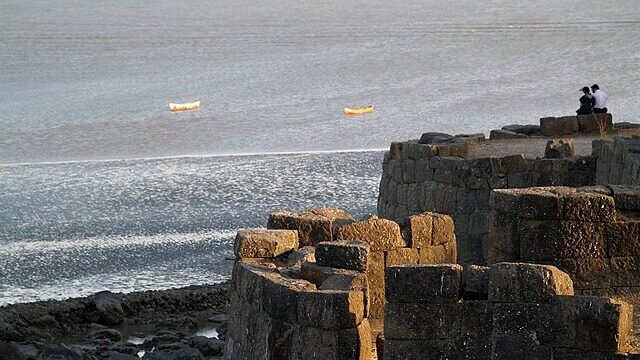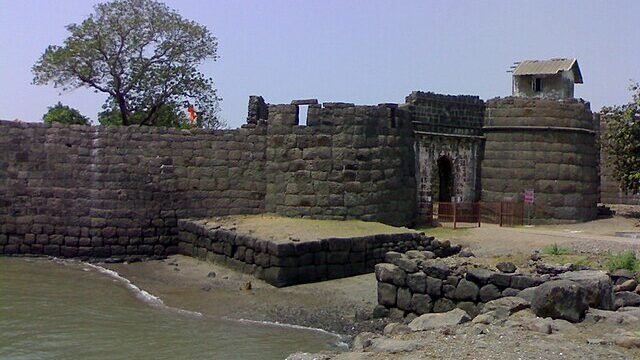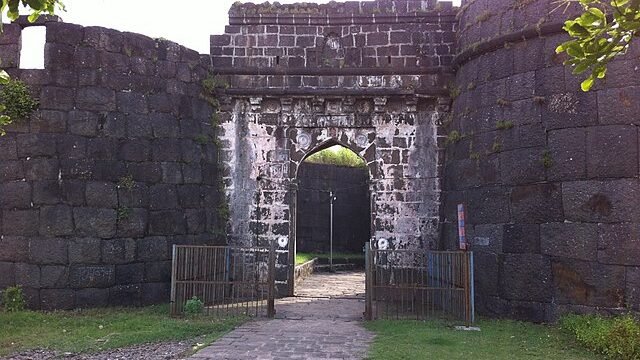Shaniwar Wada
Description
The name Shaniwar Wada evokes a powerful blend of grandeur, tragedy, and historical significance. As I stepped through its colossal spiked gates, a sense of awe washed over me, imagining the seven-story palace that once stood here, the seat of the formidable Peshwa rulers of the Maratha Empire.
You can read : Kulaba Fort
Today, though a devastating fire in 1828 reduced much of the wooden palace to ashes, the remaining fortification—its massive gates, impressive bastions, and the serene garden complex—continues to tell a story of a glorious era. It's a place where history isn't just read in books; it's felt in the cool stone of the walls and the whispers on the wind.
My visit to Shaniwar Wada was more than a tourist stop; it was an exploration of the very heart of Pune's historical identity. Visit during Pune local sightseeing by cab
How to Reach Shaniwar Wada:
Shaniwar Wada is located in the heart of Pune city, making it very accessible.
- By Auto-rickshaw/Taxi: The most convenient way to get there from anywhere in Pune is by hiring an auto-rickshaw or a taxi.
- By Bus: The city bus service (PMPML) has frequent buses that stop near the fort.
- By Train: Pune Junction is the nearest railway station, about 3.5 km away. From there, you can take a bus, auto-rickshaw, or a taxi.
History of Shaniwar Wada:
The history of Shaniwar Wada is inextricably linked to the rise of the Maratha Empire. Its foundation was laid by Peshwa Bajirao I in 1730, and the construction was completed in 1732. The name "Shaniwar Wada" comes from the Marathi words 'Shaniwar' (Saturday), the day the foundation was laid, and 'Wada,' which means a residential complex.
For nearly a century, it was the epicenter of Maratha power, witnessing triumphs and political intrigues. The palace was originally a magnificent seven-story structure, but a fire in 1828 destroyed most of it. The fort also holds a more chilling history, as it was the site of the assassination of young Peshwa Narayanrao in 1773, whose tragic last words, "Kaka mala vachwa" (Uncle, save me), are said to echo on full moon nights.
Things to Do at Shaniwar Wada :
While much of the original palace is gone, Shaniwar Wada still offers plenty to explore:
- The Delhi Darwaza: Start your visit at the main gate, the "Delhi Darwaza," an imposing structure with iron spikes designed to deter elephant attacks.
- The Light and Sound Show: In the evenings, a spectacular light and sound show narrates the history of the fort and the Peshwas, bringing the ruins to life.
- Explore the Gardens and Fountains: The fort complex has beautiful gardens and the remnants of the "Hazari Karanje," a lotus-shaped fountain with a thousand jets, an engineering marvel of its time.
- The Fort's Bastions and Walls: Walk along the massive stone fortifications and admire the intricate craftsmanship of the bastions and gates.
Nearest Tourist Places:
Shaniwar Wada's central location means you can easily visit other key sites in Pune:
- Dagadusheth Halwai Ganapati Temple: A famous temple dedicated to Lord Ganesha, a major pilgrimage site.
- Lal Mahal: The red palace where Chhatrapati Shivaji Maharaj spent his childhood.
- Raja Dinkar Kelkar Museum: A fascinating museum housing a vast collection of artifacts from the 17th to 19th centuries.
- Pataleshwar Cave Temple: An ancient rock-cut cave temple dedicated to Lord Shiva.
- Vishrambaug Wada: Another historic mansion reflecting Maratha architectural style.
Significance:
Shaniwar Wada is a monumental symbol of the Maratha Empire's power and influence. It represents the strategic acumen and architectural aesthetics of the Peshwas, particularly Bajirao I. Its rich history, from being the seat of an empire to a site of profound tragedy, makes it a powerful landmark in Indian history. The fort is not just a relic of the past but a reminder of Pune's role as the capital of the Maratha Confederacy and a source of local pride.
Some FAQs:
- What are the visiting hours for Shaniwar Wada? The fort is open daily, usually from 9:00 AM to 5:30 PM.
- Is there an entry fee? Yes, there is a nominal entry fee. Fees for the light and sound show are separate.
- Is the fort haunted? The legendary ghost story of Narayanrao Peshwa has led to many people believing the fort is haunted, particularly on full moon nights.
- Can I take photos inside? Photography is generally allowed within the fort complex for personal use.
Location
Review
Login to Write Your ReviewThere are no reviews yet.

